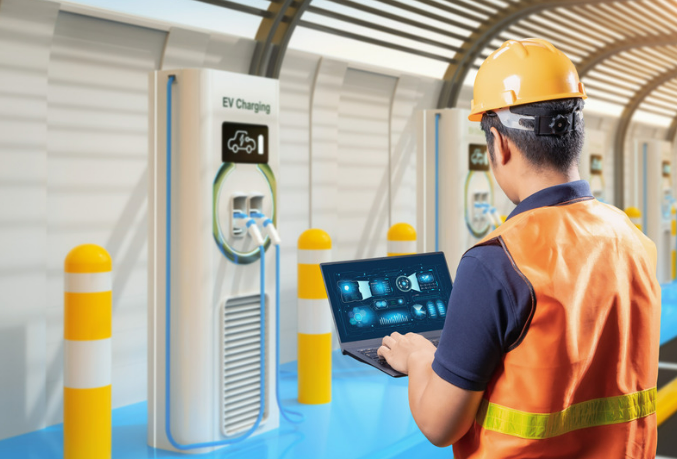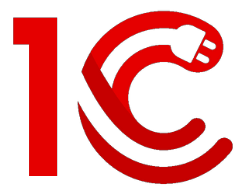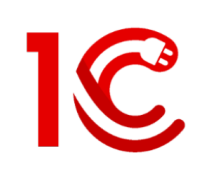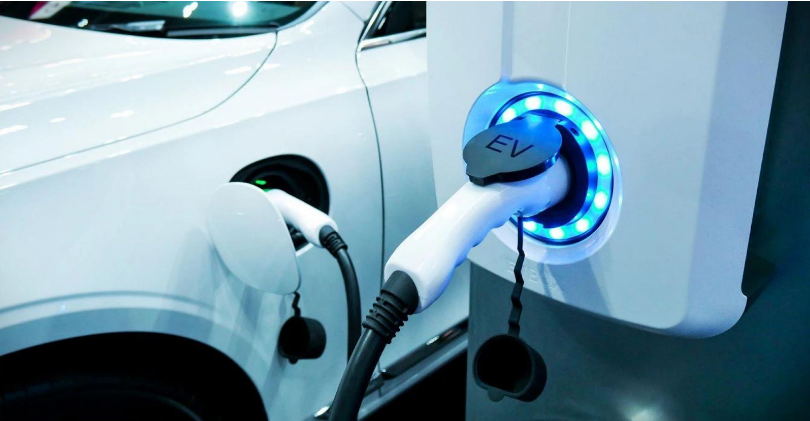Stakeholders of EV Charging Industry: CPOs, EMSPs & Charge Point Owners
The electric vehicle charging industry has experienced remarkable growth in recent years, with forecasts projecting continued expansion in the coming decade, including a potential Compound Annual Growth Rate (CAGR) of 26% between 2023 and 2030. However, electric mobility’s success and future development hinge on collaboration among key players, such as charge point operators (CPOs), charge point owners, and e-mobility service providers (EMSPs).
Understanding these terms can be challenging for newcomers to this rapidly evolving industry. Investors and industry participants need to grasp the distinctions between CPOs, EMSPs, and charge point owners, as well as their respective roles. Int his article, we will understand who these stakeholders are and their role in the EV charging industry.

What is E-Mobility?
The term ‘e-mobility’ refers to electric mobility, encompassing a wide range of organisations, professions, and specialisations involved in deploying EVs, maintaining their charging infrastructure, and advancing the technology and its adoption. These entities include, but are not limited to, Charge Point Operators, Original Equipment Manufacturers, E-Mobility Service Providers, charge point owners, energy producers, service providers, and EV charging equipment manufacturers.
Who are CPO (Charge Point Operators)?
Charge Point Operators (CPOs) are businesses that facilitate the backend operations of the customer EV-charging experience. They specialise in providing electricity to EV drivers through public fast-charging stations that they manage and operate. Analogously, consider a CPO as a chef in a restaurant: they carefully select, prepare, and present the ingredients (charging stations) to ensure a quality experience for the customer (EV driver).
In a kitchen, imagine a chef and a businessman collaborating to create a delicious meal. Similarly, CPOs focus solely on their role as the “electricity chef,” ensuring that charging stations are operational and accessible to EV drivers.

Role of CPOs
Role of Charge Point Operators (CPOs) in the EV Industry:
Purchase, Deployment, and Operation of Charging Infrastructure
- Recommend and procure charge stations for investors.
- Prepare sites for installation and connect charge points to the electricity supply.
- Install and maintain charge points to ensure optimal operation.
Ensuring Reliable Charging Services for EV Users:
- Perform preventative maintenance to keep charging stations operational.
- Optimise charging stations and infrastructure to meet customer demands.
- Integrate new technologies into charging infrastructure as needed.
- Control charging prices while adhering to regulations.
Managing Network Connectivity and Software Platforms:
- Use backend software to manage energy consumption and delivery at charge stations.
- Spread electricity loads evenly across operational stations for efficient charging.
- Optimise electricity flow, cost, and grid impact using smart charging technology.
Futureproofing: Managing Scalability:
- Prepare for advancements in charge technology by futureproofing operations.
- Adapt to changes in charging technology, such as increasing power outputs and evolving EV capabilities.
- Plan for upscaling of charging infrastructure to meet future demand for fast and efficient public charging.

Who are EMSP (Electric Mobility Service Providers)?
E-mobility service providers (EMSPs) focus on delivering front-end services, facilitating the connection between EV drivers and charge stations (operated by CPOs) while prioritising an accessible and satisfying customer experience. Through EMSPs’ services, often accessed via apps and subscription plans, customers can access a diverse range of charging stations under a single plan, streamlining their charging experience.

Using our restaurant analogy, if CPOs represent the chefs in the kitchen, then EMSPs can be likened to the waitstaff and front-of-house team. As the customer-facing interface, EMSPs assist diners in navigating the menu (i.e., locating charge stations), offer recommendations based on past preferences (i.e., preferred charge stations or CPOs), and ensure a smooth and efficient process for placing orders (charging) and processing payments.
Role of EMSP
Value-Added Services to EV Users:
- Offer a user-friendly app with interactive maps of charging stations and real-time monitoring.
- Provide subscription plans covering access to multiple charging stations and advance payments.
- Implement loyalty schemes and rewards programs for customers, enhancing the charging experience.
Managing Charging Subscriptions and Payment Systems:
- Handle subscriptions and payment systems for customers, ensuring smooth and transparent transactions.
- Offer various payment options, including prepay, subscription-based tariffs, and postpay settlement.
- Integrate payment software into charge points for seamless transactions.
Enabling Cross-Border Roaming Services:
- Consolidate access to multiple charging networks into a single app, simplifying the charging experience for EV drivers.
- Partner with diverse Charge Point Operators (CPOs) to provide cross-border access to charging stations through the EMSP app.
- Enhance the accessibility of public fast-charging stations, addressing concerns and expectations of EV drivers.

Who are Charge Point Owners?
Charge point owners, often called “the caretakers of the stations,” are businesses or individuals responsible for financing the charging infrastructure. They typically collaborate with Charge Point Operators (CPOs) and E-Mobility Service Providers (EMSPs) to establish new fast-charging sites using their own funds or raised capital. Once the site is operational, charge point owners retain ownership and control over the infrastructure.

Using our analogy of the hospitality industry, if CPOs represent chefs and EMSPs are waiters, charge point owners can be likened to restaurateurs. They acquire or lease the property (charge station site), oversee staff hiring (CPOs and EMSPs), determine the branding, and ultimately reap the profits. Like restaurateurs, charge point owners may decide their level of involvement in the site’s day-to-day operations.





